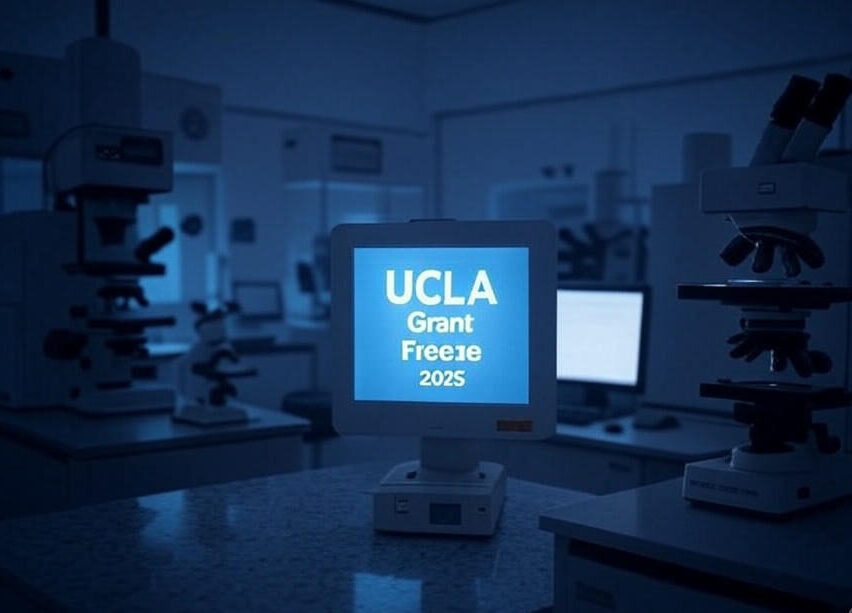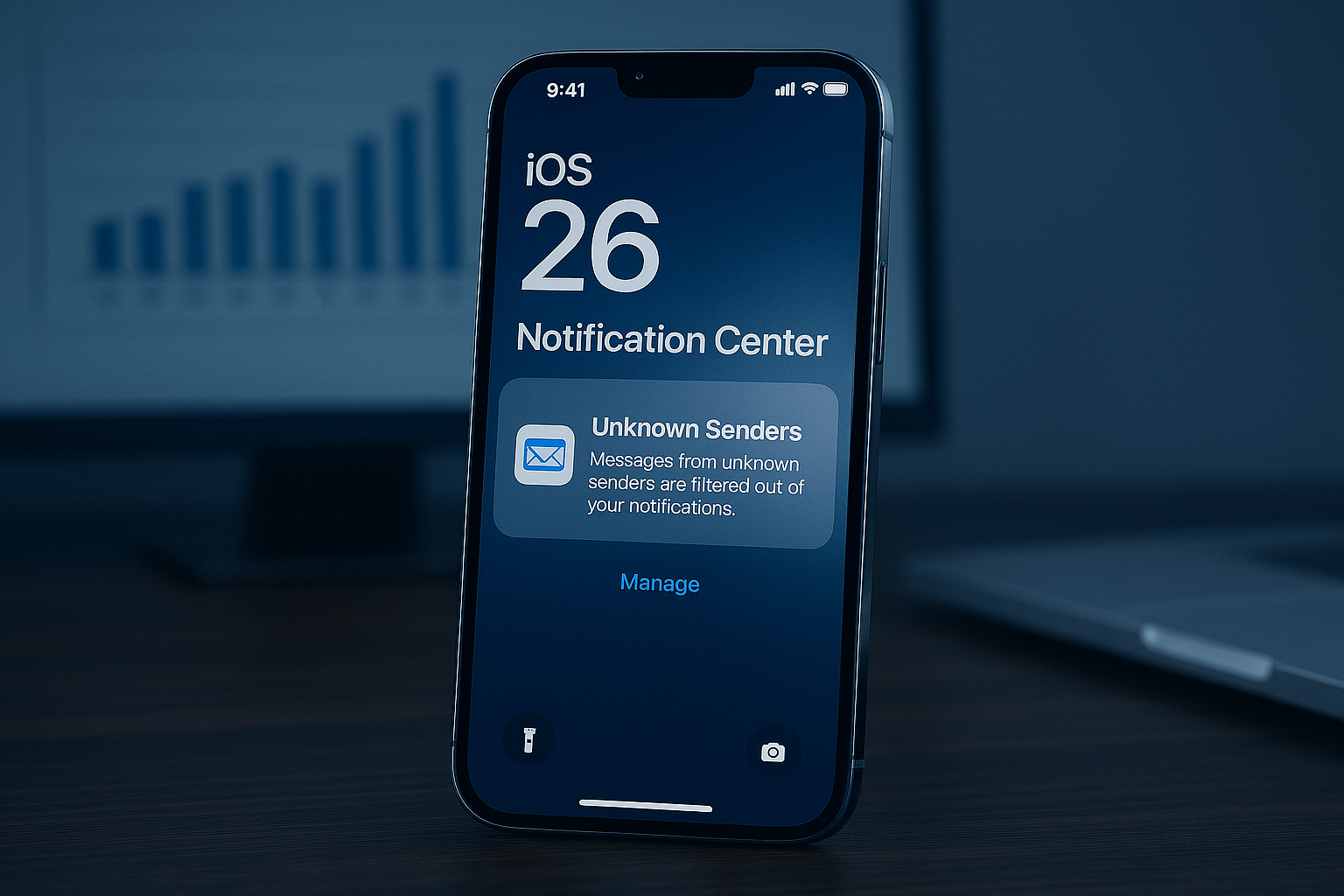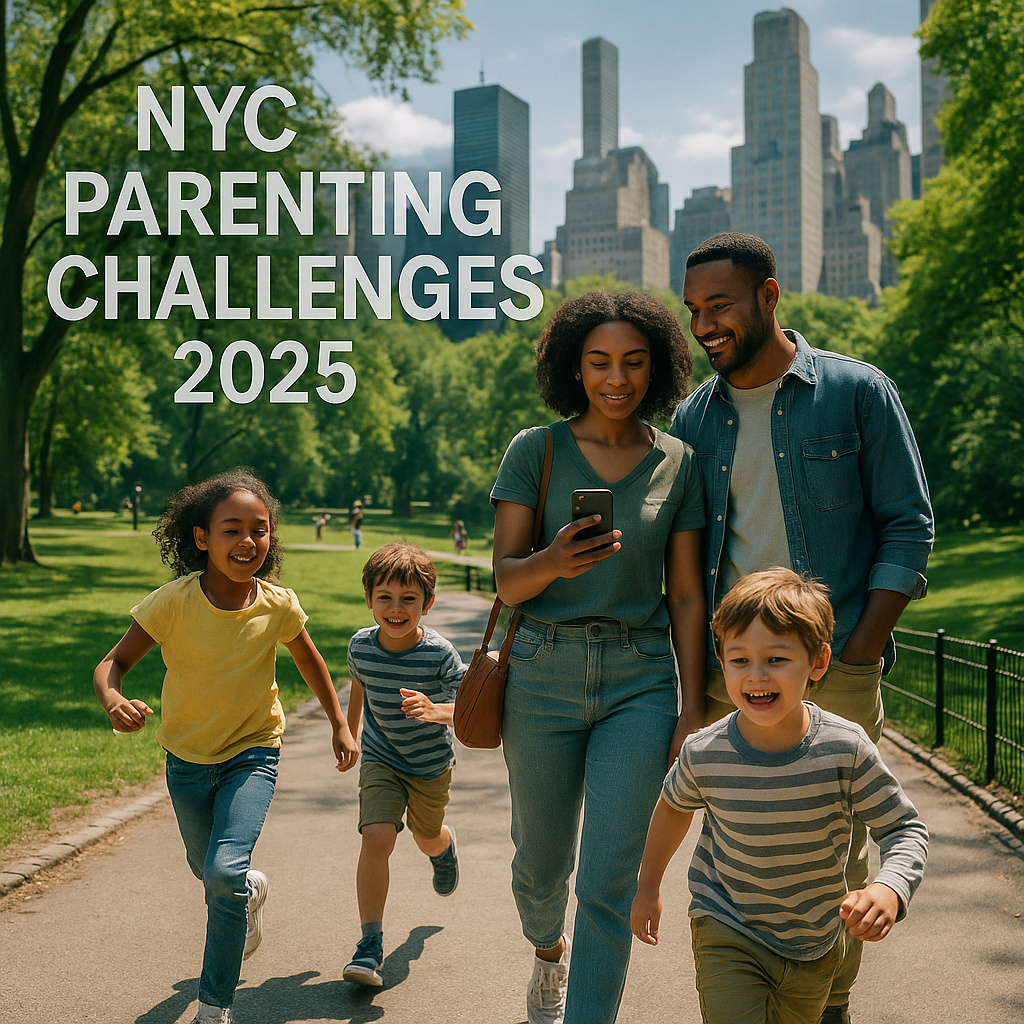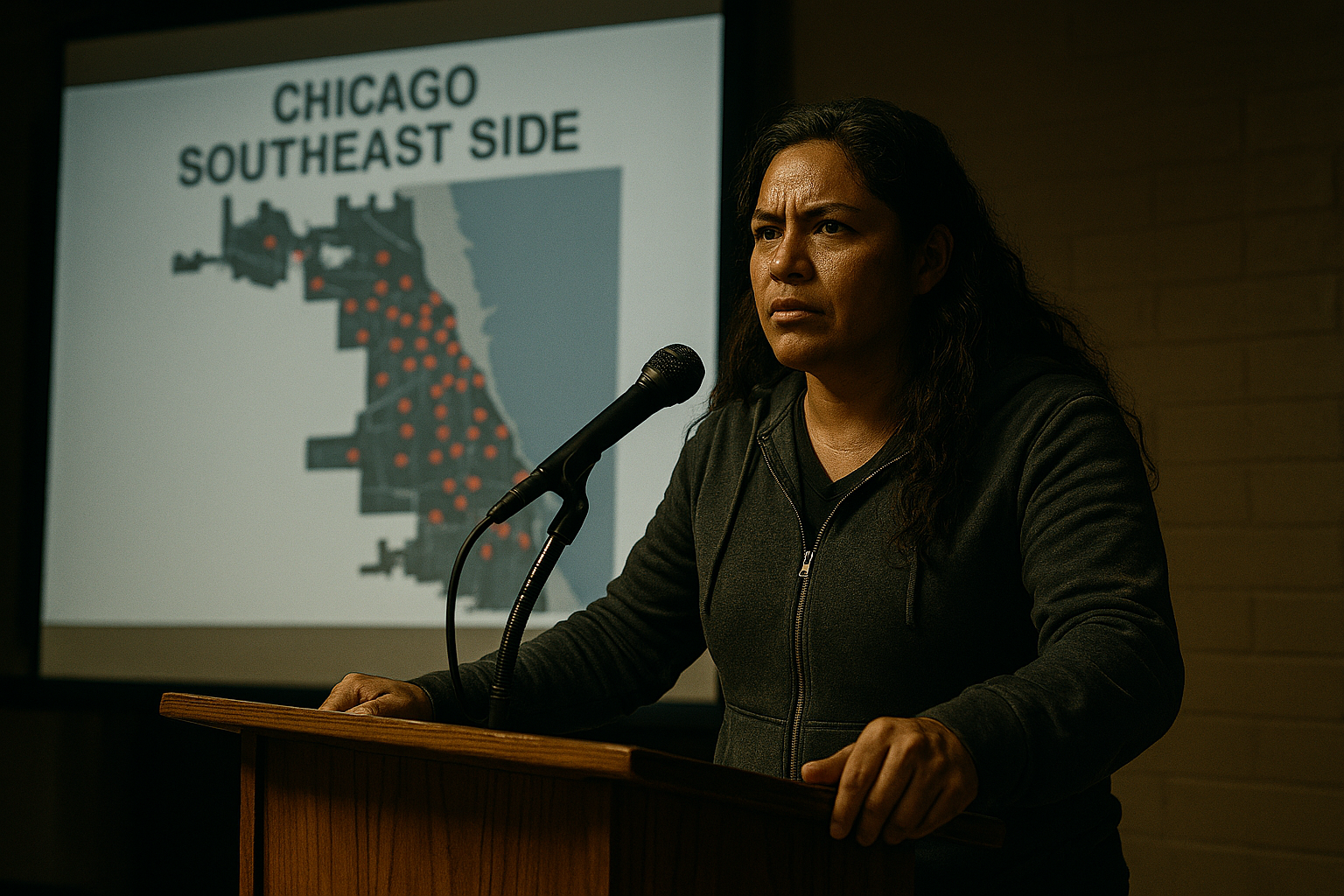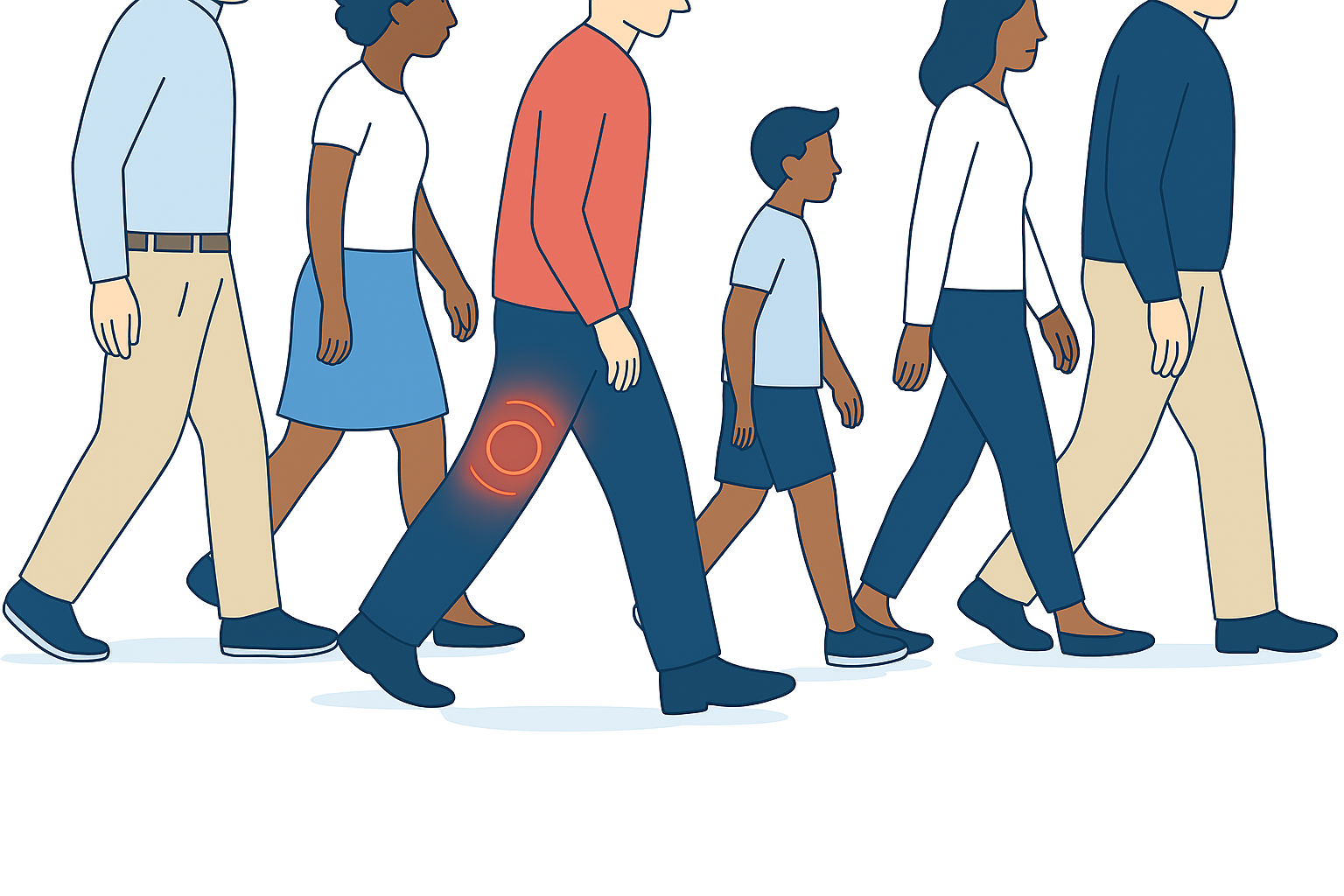Three New 9/11 Victims Identified in 2025 by NYC Officials
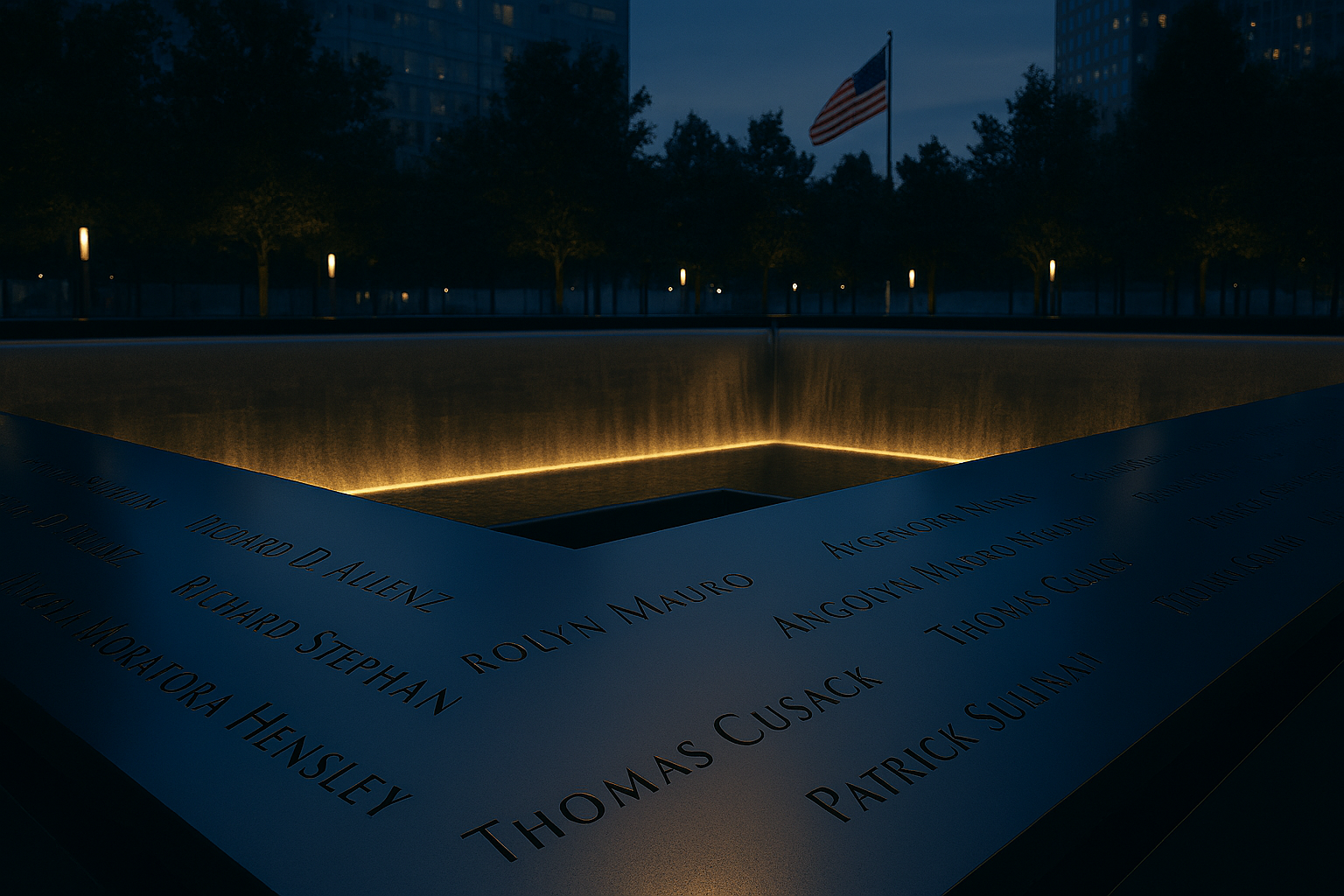
On August 7, 2025, New York City officials announced the identification of three additional victims of the September 11, 2001, terrorist attacks on the World Trade Center, nearly 24 years after the tragedy that claimed 2,753 lives in the city. The victims, identified through advanced DNA analysis, are Ryan Fitzgerald, Barbara Keating, and a woman whose name is withheld at her family’s request. This milestone, marking the three new 9/11 victims identified 2025, underscores ongoing efforts to bring closure to families. What does this mean for the legacy of 9/11? This article explores the identifications, their context, and their significance.
Breakthrough in Victim Identification
The New York City Office of the Chief Medical Examiner (OCME) identified Ryan Fitzgerald of Floral Park, New York; Barbara Keating of Palm Springs, California; and an unnamed woman using “family outreach and advanced DNA analysis.” These are the 1,651st, 1,652nd, and 1,653rd victims identified, the first since 2024. Keating’s and the woman’s remains were recovered in 2001, while Fitzgerald’s were found in 2002. Chief Medical Examiner Dr. Jason Graham emphasized, “Our commitment to identify the missing and return them to their loved ones stands as strong as ever.” Despite this progress, around 1,100 victims remain unidentified, with ongoing DNA efforts continuing.
The 9/11 Attacks: A Lasting Legacy
The September 11 attacks, executed by al-Qaeda using hijacked passenger planes, killed 2,977 people across New York City (2,753), the Pentagon, and United Airlines Flight 93 in Pennsylvania. The World Trade Center’s twin towers collapsed, leaving a profound impact on global security and American society. The 9/11 Memorial in Manhattan, inscribed with nearly 3,000 names, including Fitzgerald’s and Keating’s, serves as a tribute. The OCME’s work, combining forensic science and family collaboration, keeps the promise of honoring the lost, even as the 25th anniversary approaches in 2026.
Context: 2025’s Broader Challenges
This identification occurs amid significant 2025 events, reflecting a mix of progress and crises:
- Canyon Fire: A 1,500-acre brush fire in California on August 7 highlights environmental vulnerabilities, contrasting with the human-focused 9/11 effort.
- Trump’s Policies: From freezing $584 million in UCLA grants to demanding Intel’s CEO resign, the Trump administration’s actions show a focus on accountability, paralleling the OCME’s commitment to closure.
- Noblesville Explosion: A chemical explosion at an Indiana water treatment plant on August 7 underscores infrastructure risks, contrasting with the 9/11 identification’s scientific triumph.
- Franklin Township Homicide: A New Jersey double homicide linked to police inaction raises questions about institutional response, unlike the OCME’s persistent effort.
These events frame the 9/11 identifications as a beacon of resilience in a turbulent year.
Community and Official Reactions
Mayor Eric Adams praised the OCME’s “unwavering dedication,” noting the identifications honor the victims’ memory. On X, reactions were heartfelt, with posts like “Thank you for never giving up on 9/11 families” reflecting gratitude, while others urged continued funding for forensic efforts. The withheld identity of the third victim sparked minor debate, with some questioning transparency, though experts note such requests respect family privacy. The OCME’s work, funded partly by federal grants, faces no reported cuts, unlike UCLA’s, ensuring continuity. Families of the identified expressed relief, though many still await answers.
Critical Perspective: Science Meets Humanity
The identification of three new victims is a testament to forensic science’s progress, with DNA analysis overcoming the challenges of degraded remains from 2001. The OCME’s approach, combining cutting-edge technology with family outreach, sets a global standard for disaster response. However, the narrative of “closure” risks oversimplifying the ongoing pain for the 1,100 families still waiting. Critics might question why progress remains slow, given 24 years have passed, but experts cite the unprecedented scale of the attack and the complexity of fragmented remains. The OCME’s transparency contrasts with controversies like the Franklin Township police inaction, reinforcing trust in its mission. This milestone reaffirms the public’s commitment to never forget 9/11.
Conclusion
The identification of three new 9/11 victims in 2025 marks a poignant milestone, blending scientific achievement with human compassion. As New York City continues its forensic mission, the effort honors the past while navigating a challenging present. Amid 2025’s crises, from wildfires to policy battles, this breakthrough stands as a symbol of perseverance. Share your reflections on 9/11’s legacy in the comments and follow for updates on this ongoing story.

